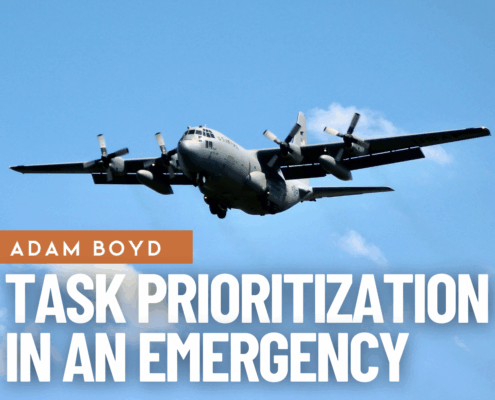
Task Prioritization in a C-130H Emergency
I was thereIn the Air Force we are taught from day one to approach emergencies with a standardized response. The acronym MATL is ingrained in every pilot’s mind. It stands for Maintain Aircraft Control, Analyze the Situation, Take Proper Action, and Land as soon as Conditions Permit. The challenge is staying disciplined when the workload spikes.

Lost and Found
HistoryThere are many fine accounts of the adventures, travails, and tragedies of the men and women who fly. Yet there is always a flight in one’s lifetime that defines us indelibly. This one is legendary but has faded from history; perhaps the shadows of other events seem greater, but it deserves to be retold as a testament to the steely resolve of one Canadian aviator. His will to live serves as an inspiration for all pilots who contemplate resignation in the face of adversity.

Breaking the Chain: Recognizing the Links Before Disaster
OpinionThe first link in the chain began when I was still at home. For reasons that escape my memory, I was over an hour late leaving for the airport. The second link in the chain occurred when I pulled the Scout out of its T-hangar and discovered that I had forgotten to refuel it after my last flight. That meant finding someone to give me a hand-prop while I held the brakes.

The Lovable Con Man
I was thereEric, sometimes known as Farley, was a well-built, dark, handsome brute of about 30. He could—and did—literally charm the pants off every pretty girl within 100 miles of wherever he happened to be that particular evening. He was by far the best salesman Placo ever employed, before or since. At that time, we were selling about one new aircraft a month.
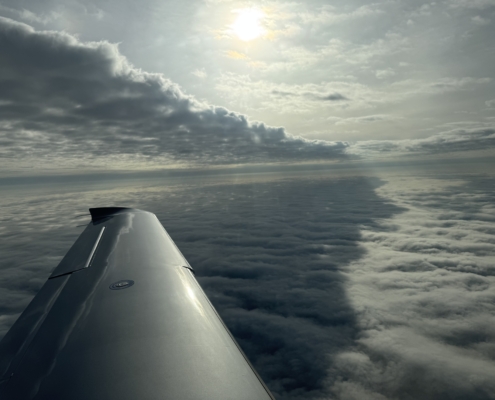
Friday Photo: Cruising Above LIFR
Friday PhotoNorth Carolina back to Iowa, with LIFR blanketing much of the Midwest and the Blue Ridge. On the trip east, conditions lined up perfectly: the entire Cedar Rapids, Iowa (KCID)–Wilson, North Carolina (W03) leg flown at 11,000 feet with a 45-mph tailwind, 65% power LOP, and a comfortable landing with 19 gallons remaining (alternate plus a 45-minute reserve).

Announcing the 2026 Richard Collins Writing Prize for Young Pilots
Young PilotsThe Richard Collins family has once again partnered with Sporty’s to offer The Richard Collins Writing Prize for Young Pilots. To qualify, the writer must be a pilot (including student pilot) who is 24 years of age or younger. The article must be original, not previously published, and no longer than 1,500 words. The topic should be "my most memorable flight." Submissions are due by March 1.

Five Books Every Pilot Should Read (That Have Nothing To Do With Flying)
OpinionWhen it comes to reading lists for pilots, you typically see the same half-dozen classical books on them. Yet there can be plenty of wisdom for pilots found in some non-traditional aviation texts as well. Here are five books all pilots should read that have absolutely nothing to do with flying.

Five Favorite Friday Photos of 2025
Friday PhotoAir Facts popular “Friday Photo” features some spectacular views and amazing memories to share with the aviation community. Thank you for those photos and we’re sure the best is yet to come. Enjoy these top 5 stunning photos from 2025.
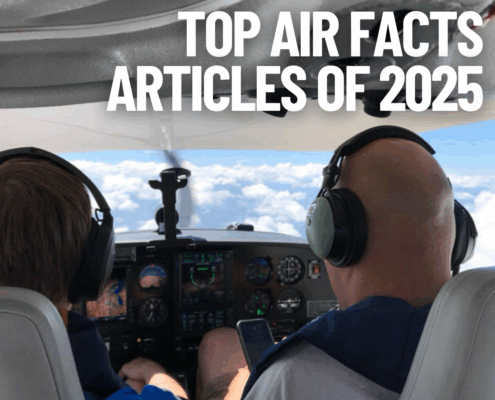
Top Air Facts Articles of 2025
UncategorizedAir Facts had another strong year in 2025, with a steady stream of thoughtful, engaging articles from pilots willing to share their experiences, opinions, and lessons learned. Some of the voices will be familiar, while others are newer contributors who discovered that a single good story can resonate widely within the aviation community.
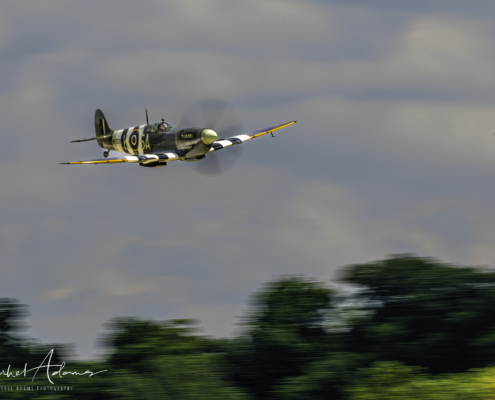
Friday Photo: Spitfire Over St. Louis
Friday PhotoThe airshow was a myriad of wonderful performers and warbirds painting the blue skies with their passes. The sounds of the engines provided the soundtrack for what was just a wonderful and very memorable day. Seeing a Supermarine Spitfire passing by was truly a treat. It’s just amazing to think what these machines accomplished 80+ years ago. It’s a privilege to see them flying still today.

Colorado Christmas Candles
Christmas special, I was thereOn a quiet Christmas Eve departure from Denver, Greg Anderson climbs into the darkness and witnesses a once-in-a-lifetime display of Colorado’s 14ers igniting with the first light of dawn. What follows is a vivid, graceful reflection on perspective, wonder, and the meaning of Christmas from a pilot’s seat.
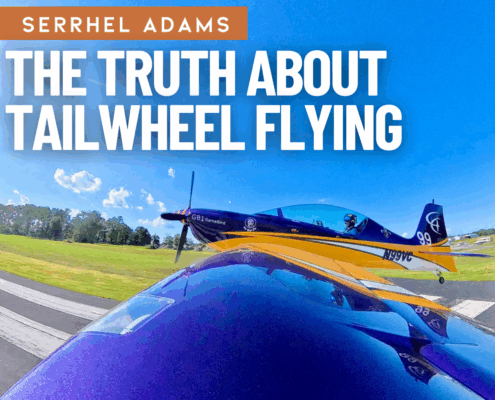
The Truth About Tailwheel Flying: Humility, Fun, and Warm FBO Cookies
OpinionTailwheel flying has a way of humbling even the most confident pilot—and that’s exactly why it’s worth pursuing. In this humorous and insightful piece, Serrhel Adams reflects on the lessons, surprises, and pure joy that come with conventional-gear flying. From Cub mornings to GameBird departures, he makes the case for earning your tailwheel endorsement and rediscovering the simple fun of stick-and-rudder flying.

Be Ready! Carbon Monoxide Could Happen to You
I was thereA routine self-training flight turned dangerously life-threatening when my cockpit carbon monoxide detector spiked to 300 ppm. Muscle memory and quick thinking got me safely back on the ground, but the experience was a wake-up call: CO in small GA aircraft can be silent, fast, and deadly. Here’s my story – and why every pilot should have a reliable CO detector in their plane.
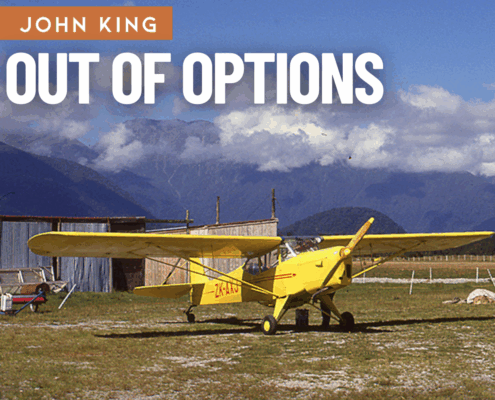
Out of Options—Pinned in the Pass
I Can't Believe I Did ThatWeather closing in. Terrain rising ahead. No room to turn back. In a narrow New Zealand valley, one pilot learns just how unforgiving a single wrong decision can be — and what it taught him about judgment and humility.
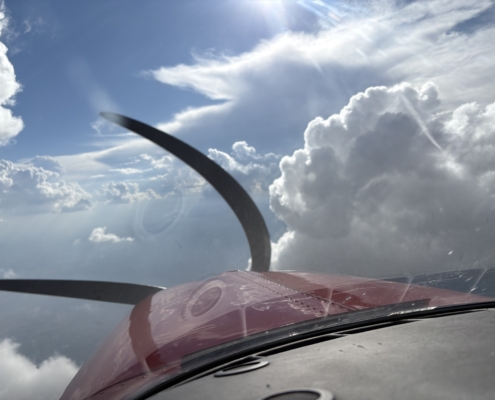
Friday Photo: Deviating for Thunderstorms
Friday PhotoFlying at 12,000 feet over St. Louis deviating around thunderstorms was like flying in the Canyons. Kudos to the Kansas Center facility for their help. It was a mostly smooth flight and a periodic aircraft wash.
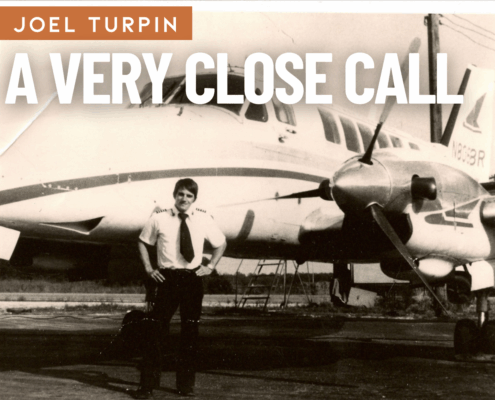
A Very Close Call
I was thereA routine Beech 99 takeoff from St. Louis in 1978 turned into a life-or-death struggle when the right engine exploded at 50 feet AGL. With icing in the clouds and an old terminal building directly ahead, Joel Turpin had only seconds to react. Decades earlier, he had wandered that same ramp as a wide-eyed 6-year-old; now, that building nearly ended his career—and his life.

Go-arounds don’t have to be hard
John's blogI was grumpy with my friend because I hate the obsession with instant analysis, and he made me participate in this ugly trend. I was grumpy because this accident hit a little close to home, killing a father who was flying his wife and daughter in a Cirrus SR22 (something I do often). But I was mostly grumpy because go-around accidents happen far too often—and they are eminently preventable. This is one problem we should be able to solve.

Fate, Freezing Rain, and a Captain’s Decision with Chris Schaich
PodcastWhen freezing rain turns a routine regional flight into a life-or-death approach, airline captain Chris Schaich must make a split-second decision: divert into worsening weather or press on toward a runway he can’t yet see. In this gripping conversation, Chris shares what it’s like to face severe icing in the Saab 340, what he learned from the experience, and how fate—and solid airmanship—helped bring everyone home.
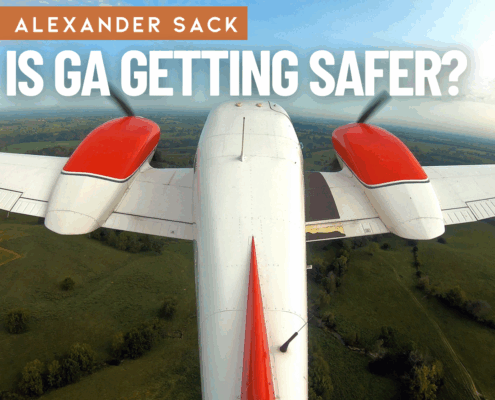
Is GA Getting Safer?
OpinionThe AOPA Air Safety Institute (ASI) recently released their 35th annual accident report. And the good news is that GA has never been safer. However, even though most of the press coverage has been mainly focused on the report’s positive high-level trends, the devil is as they say, in the details.

An Aeronca Chief Takes on the English Channel
My AdventureFlying a 1947 Aeronca Chief across the English Channel isn’t most pilots’ idea of a smart plan—but with careful preparation, it became the safest leg of the trip. Harry Karmel recounts the Cherbourg-to-Devon crossing, complete with dry suits, dead reckoning, and a memorable arrival at Bolt Head.
